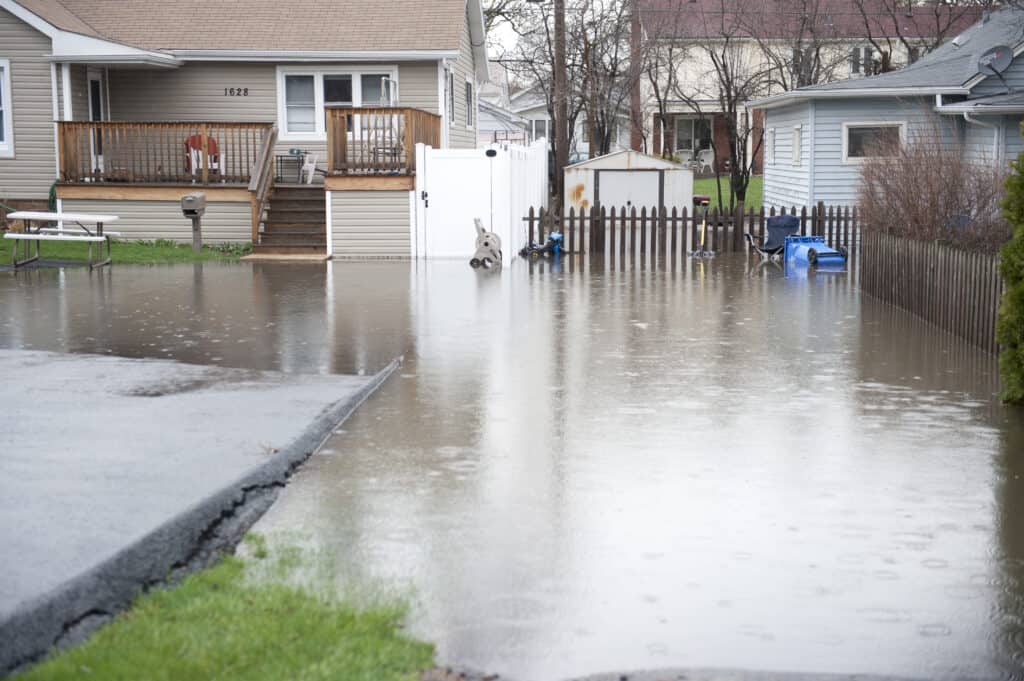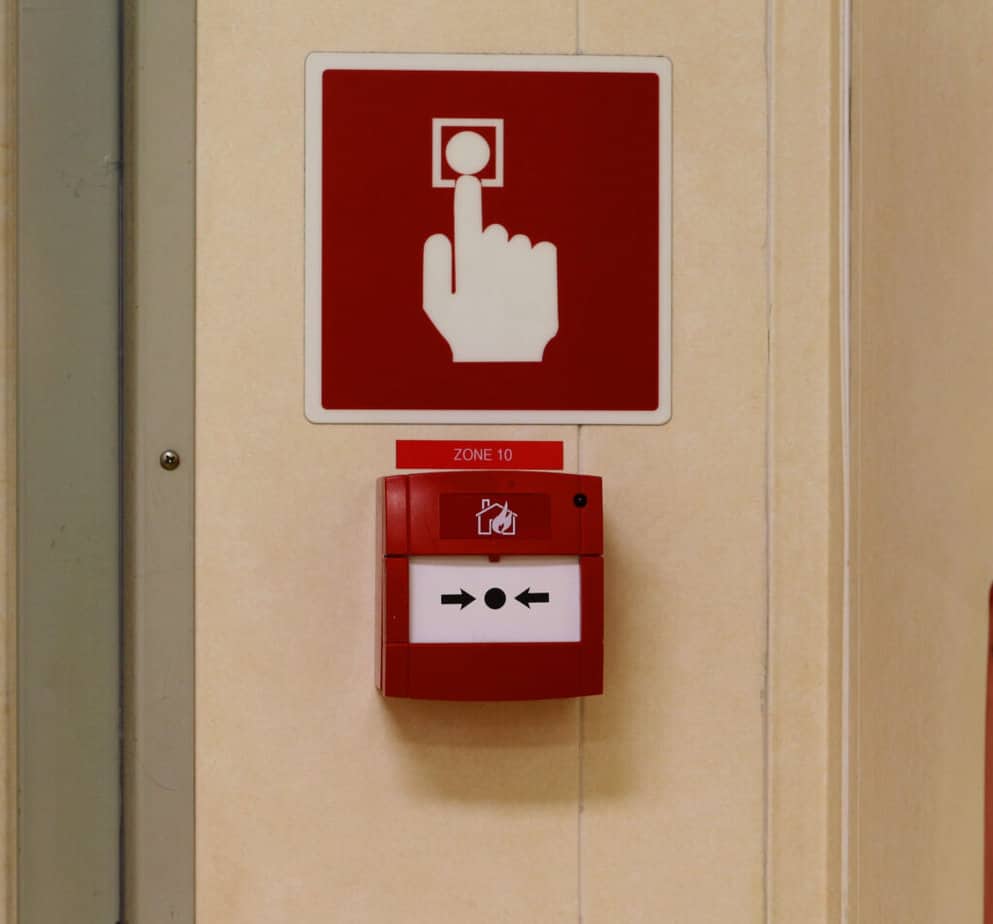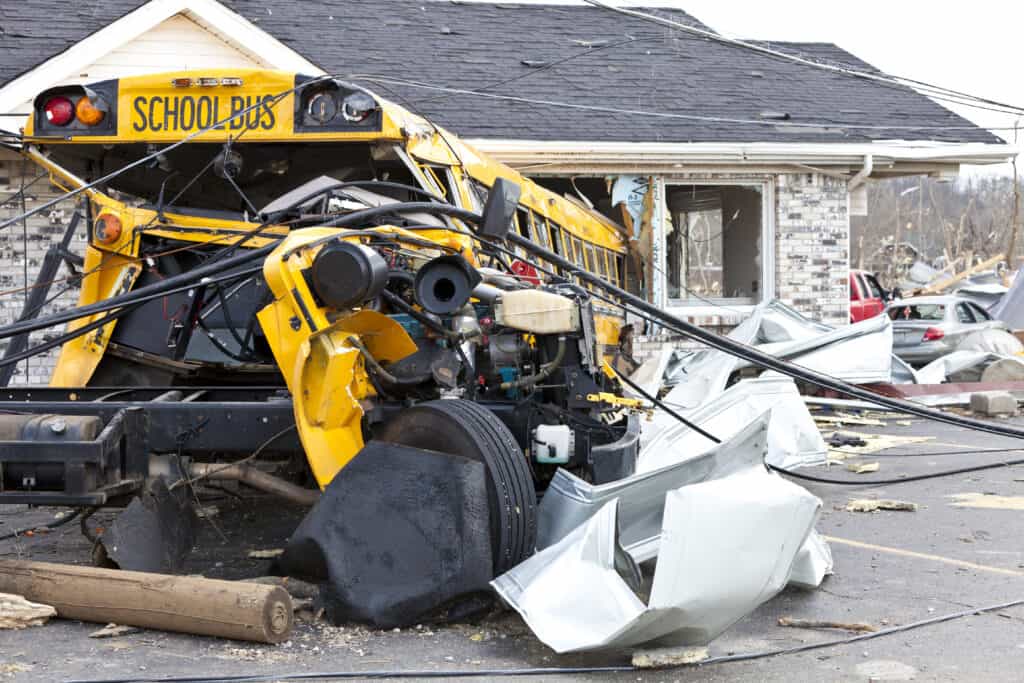Schools face a range of potential threats and hazards, making it crucial to develop comprehensive Multi-Hazard Emergency Planning for educational institutions.
These plans aim to address a wide spectrum of emergencies, including natural disasters, human-caused incidents, and technological crises.
To establish an effective multi-hazard emergency operations plan, schools must adopt measures to prevent, mitigate, prepare, respond, and recover from such incidents.
This can be achieved through collaboration with various stakeholders, such as local emergency management agencies, law enforcement, health departments, and fire departments, as well as incorporating guidelines from the Texas School Safety Center and the Federal Emergency Management Agency (FEMA) IS-362.A course.
To ensure preparedness, it is essential to provide adequate training to district employees, including substitute teachers, regarding emergency response protocols.
Additionally, having continuous access to communication devices, like telephones and electronic devices, enables staff to quickly contact emergency services.
Schools should also ensure that their communication infrastructure is well-equipped to handle emergencies.
Mandatory drills and exercises, coordinated with local and state agencies, can further prepare students and staff for an effective response during emergencies.
Common threats that should be considered in Multi-Hazard Emergency Planning for Schools include, but are not limited to, active shooters, natural disasters, cyber-attacks, and public health crises.
Creating a robust and comprehensive emergency operations plan involves continuous improvement, conducting periodic safety and security audits, and updating the plan as needed.
By adopting a proactive approach to emergency planning, schools can better protect their students, staff, and faculty, irrespective of the nature of the incident.
Multi-Hazard Emergency Planning for Schools
Schools need to prioritize multi-hazard emergency preparedness and planning to ensure the safety of students, staff, and visitors.
The IS-362.a: Multi-Hazard Emergency Planning for Schools course by the Federal Emergency Management Agency (FEMA) provides fundamental guidance on creating and implementing an Emergency Operations Plan (EOP) that addresses various threats and hazards.
Multi-hazard EOPs for schools are mandated by Texas law, as specified in Sec. 37.108 of the Multi-hazard Emergency Operations Plan.
These plans must consider five key areas: prevention, mitigation, preparedness, response, and recovery.
Specific requirements of an EOP include:
- Training employees and substitute teachers in responding to emergencies
- Providing access to communication devices in the classrooms, such as phones or electronic devices, for immediate contact with emergency services
- Ensuring adequate communication technology during emergencies
- Conducting mandatory school drills and exercises to prepare students and employees for emergencies
- Coordinating with external partners, such as emergency management agencies, law enforcement, health departments, and fire departments during emergencies
- Implementing safety and security audits
Potential threats that school EOPs should cover include, but are not limited to:
- Active Shooter (Attacker)
- Chemical Plant Release
- Communicable Disease
- Cyber Attack/Ransomware
- Earthquake
- Flooding
- Highway Accident/HAZMAT
- Hurricane/Tropical Storm
- Major Utility Loss
- Pipeline Release
- Severe Thunderstorm
- Tornado
- Train Derailment
- Wildfire
- Winter Storm
FEMA’s Emergency Management Institute offers a comprehensive course that teaches school administrators, staff, and other stakeholders how to create and maintain a multi-hazard EOP.
This course emphasizes the importance of proactive emergency planning in schools, and schools are encouraged to participate in routine drills and interagency cooperation when implementing their EOPs to protect students, staff, and visitors.
Emergency Operations Plan
Prevention and Mitigation
Multi-hazard emergency planning for schools involves addressing various threats, such as active shooters, chemical plant releases, communicable diseases, cyberattacks, earthquakes, and more.
One crucial aspect of an emergency operations plan is the prevention and mitigation of these hazards.
Adopting a multi-hazard emergency operations plan involves measures to:
- Train district employees, including substitute teachers, in responding to emergencies
- Ensure access to communication devices for immediate contact with emergency services
Preparedness
In addition to prevention and mitigation, an emergency operations plan must include procedures for preparedness.
The plan should involve:
- Ensuring that district communications technology and infrastructure are adequate for communication during an emergency
- Conducting mandatory school drills and exercises, including those required under Section 37.114, to prepare district students and employees for responding to emergencies
- Coordinating with the Department of State Health Services and local emergency management agencies, law enforcement, health departments, and fire departments during an emergency
Response
When a state of emergency is declared or an incident occurs, an efficient response is vital.
Schools must have an incident management plan in place, likely employing an incident command system.
The plan should designate roles and responsibilities for staff members and outline procedures for safely evacuating or sheltering students and staff, as well as communication with emergency services and relevant authorities.
Recovery
After the emergency has been addressed, the focus shifts to recovery.
Schools must utilize their emergency operations plan to restore and rebuild damaged infrastructure, provide support for affected individuals, and assess the effectiveness of the previous response.
This stage is crucial for identifying areas of improvement and ensuring that the school community can return to normal operations as quickly as possible.
Overall, a comprehensive multi-hazard emergency operations plan incorporates a well-rounded approach that tackles prevention, mitigation, preparedness, response, and recovery.
It must be adaptable to all potential threats, follow guidelines provided by state and local authorities, and instill confidence in the school community’s safety.
Hazards and Threats

Natural Disasters
Schools should be prepared for various natural disasters that may occur, such as tornadoes, hurricanes, earthquakes, and winter storms.
These events can cause significant damage to the school’s infrastructure and pose a threat to the safety of students and staff.
To mitigate the effects of natural disasters, it is essential to have a well-developed emergency plan in place, as required by the Multi-Hazard Emergency Operations Plan.
Industrial Accidents
Industrial accidents like chemical plant releases, highway accidents with hazardous materials, pipeline releases, and train derailments may pose dangers to schools that are situated near industrial areas.
To prepare for these incidents, the emergency plan must include measures to ensure coordination with local emergency management agencies, law enforcement, health departments, and fire departments.
Public Health Emergencies
Public health emergencies, such as communicable diseases or major utility losses, can affect an entire school community.
It is crucial for schools to have a plan to manage such situations by establishing adequate communication systems and coordinating with the Department of State Health Services and other relevant agencies.
Cyber attacks and ransomware threats also fall under public health emergencies, as they can compromise the school’s communication technology and infrastructure during an emergency.
Measures to ensure adequate communication during an emergency are a critical part of the multi-hazard emergency operations plan.
Security Incidents
Schools must plan for security incidents such as active shooter situations or other threats to the safety and well-being of students and staff.
Training for school employees, including substitute teachers, is a crucial aspect of an emergency plan, as is ensuring the availability of communication devices, such as telephones or radios, for immediate contact with emergency services during a crisis.
Drills and exercises should be conducted to prepare students and staff for responding to security incidents efficiently and effectively.
Training and Exercises

School Drills
School drills are an essential part of Multi-Hazard Emergency Planning for Schools.
They help to train students, teachers, and staff in responding to various emergency situations.
This includes measures like regular fire drills, lockdown drills, and shelter-in-place drills.
It is essential to conduct these drills frequently and consistently, as they help build familiarity and confidence in the school’s emergency procedures.
- Fire drills teach students and staff how to safely evacuate the building in case of a fire.
- Lockdown drills are critical for preparing the school community to respond to an active shooter or other threats.
- Shelter-in-place drills train individuals on how to stay secure in the building during events such as a chemical plant release, severe weather, or an earthquake.
Simulations
Simulations are another effective way to train teachers and students in emergency response techniques.
These can include realistic exercises that mimic real-life events, such as an earthquake or a tornado.
These simulations help to provide a more immersive experience, allowing participants to practice their roles and responsibilities during an emergency, improving overall preparedness.
- Realistic earthquake simulations can educate students on how to react properly during such an event, including the “Drop, Cover, and Hold On” technique.
- Tornado simulations can teach individuals how to seek shelter in the safest areas of the building, such as interior rooms without windows.
Tabletop Exercises
Tabletop exercises are another essential component of Multi-Hazard Emergency Planning for Schools.
These exercises involve school administrators, teachers, and often local emergency response personnel, discussing various emergency scenarios and reviewing the school’s emergency operations plan.
This helps to identify gaps in the plan and provides opportunities for improvement.
Some key topics that may be covered in tabletop exercises include:
- Communication plans, ensuring that all parties are aware of their roles and responsibilities during an emergency.
- Provisions for the special needs of students, staff, or visitors, such as those with disabilities or medical conditions.
- Coordination with external agencies, such as law enforcement, fire departments, and local emergency management organizations.
Through a combination of school drills, simulations, and tabletop exercises, the school community can increase its preparedness and ability to respond to various emergencies in a safe, efficient, and effective manner.
Communication and Coordination
Communication Technology
In order to ensure effective multi-hazard emergency planning for schools, it is important to have adequate communication technology in place.
This includes ensuring district employees, including substitute teachers, have classroom access to a telephone or another electronic communication device allowing for immediate contact with emergency services and other relevant agencies.
Additionally, the communication infrastructure should be robust enough to allow for communication during an emergency.
Coordination with External Agencies
A vital aspect of multi-hazard emergency planning involves coordinating with external agencies, such as local emergency management agencies, law enforcement, health departments, and fire departments.
This can help schools to better prepare for, respond to, and recover during various threats, such as active shooters, natural disasters, and cyber attacks.
To achieve this level of coordination, it is necessary for schools to:
- Conduct mandatory drills and exercises in collaboration with external agencies to ensure preparedness and response during emergencies
- Implement measures in their emergency operations plans that consider coordination with the Department of State Health Services, local emergency management agencies, law enforcement, health departments, and fire departments in the event of an emergency
Schools are also encouraged to address various threats in their multi-hazard emergency planning efforts, including but not limited to: active shooters, chemical plant releases, communicable diseases, cyber-attacks, earthquakes, flooding, significant utility loss, severe storms, tornadoes, and other incidents that could have a significant impact on the safety and security of the school environment.
By focusing on communication technology and coordination with external agencies, schools can create a comprehensive multi-hazard emergency plan that effectively addresses prevention, mitigation, preparedness, response, and recovery in the event of an emergency.
Safety and Security Audit
A safety and security audit is an essential component of multi-hazard emergency planning for schools.
It involves evaluating existing security measures, identifying potential vulnerabilities, and assessing the school’s overall preparedness for various emergency situations, such as an active shooter or natural disasters like floods and winter storms.
School districts are required to implement safety and security audits as part of their multi-hazard emergency operations plan, according to Section 37.108 of the Texas Education Code.
Implementing a comprehensive safety and security audit can help schools to effectively address potential threats, further enhancing the overall safety and well-being of students, staff, and the community.
By identifying vulnerabilities and taking necessary steps to improve emergency preparedness, schools can more confidently navigate a range of potential hazards and contribute to building a safer learning environment for all.
Conclusion
In conclusion, it is crucial for schools to have a comprehensive multi-hazard emergency plan in place.
School districts and public junior college districts must adopt plans that encompass prevention, mitigation, preparedness, response, and recovery as per Sec. 37.108.
The EOPs also need to address various threats, such as active shooters, natural disasters, and cyber attacks, to ensure the safety and well-being of those within the schools.
Consequently, schools must conduct regular drills and exercises to prepare students and staff for potential emergencies.
By implementing these measures and following the guidance of relevant authorities, schools can significantly enhance their preparedness and ability to respond effectively to multi-hazard emergency situations.
In turn, this will contribute to a safer and more secure learning environment for all.
If you are a school administrator or staff member, it is essential to prioritize multi-hazard emergency planning to ensure the safety and well-being of students, staff, and visitors.
Contact Risk Strategy Group today to learn how we can help you develop a comprehensive multi-hazard emergency operations plan that addresses various threats, including active shooters, natural disasters, and cyber attacks.
Our team of experts can provide guidance on prevention, mitigation, preparedness, response, and recovery, as well as conduct safety and security audits to identify potential vulnerabilities and enhance overall preparedness.








